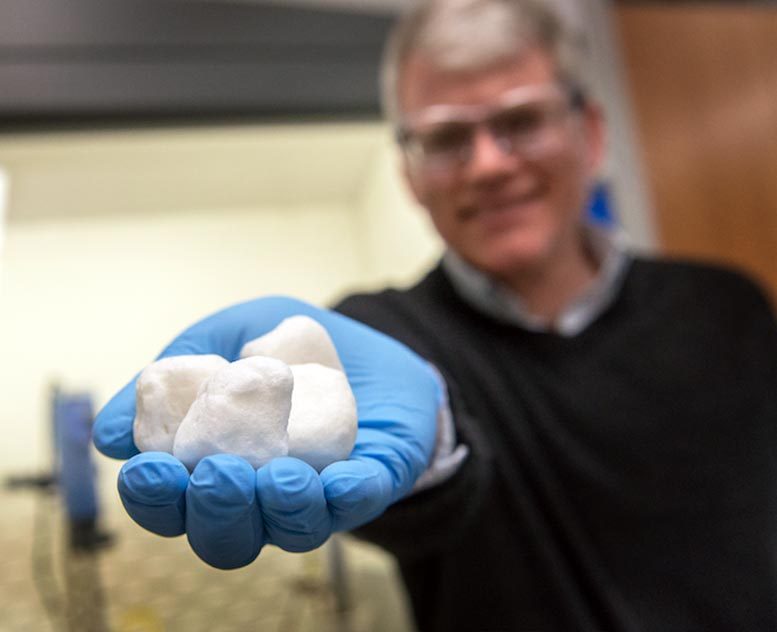
Materials scientist Jeffrey Catchmark displays blocks of a wound-healing biofoam developed by him and Dr. Scott Armen of Penn State College of Medicine. Image: Patrick Mansell
The search for a styrofoam replacement leads to biomaterials with broader impact.
Every scientific discovery has one thing in common: It started with a question. But, as Penn State materials scientist Jeffrey Catchmark will attest, sometimes the most ingenious answers come from questions you didn’t even know to ask.
Catchmark is developing new biomaterials by manipulating compounds found in nature. His research with biomaterials began with a single question: Is there an eco-friendly alternative to styrofoam?
Open to change
Catchmark didn’t start his materials science career thinking he’d invent a potential replacement for styrofoam. He didn’t even start out as a materials scientist. He earned a doctorate in electrical engineering and spent nearly 10 years working on lasers and optics for telecommunications companies.
In 2000, he left the industry, coming to Penn State to manage the Nanofabrication Laboratory. Soon after, he took an even more radical step, switching fields from electrical to biological engineering.
“One of the most rewarding experiences of my research is being able to translate scientific discovery into something that helps the world.”
— Jeffrey Catchmark, professor of agricultural and biological engineering, Penn State
“As I’ve gotten older, I’ve learned to be more purposeful about how I spend my time,” Catchmark said. “Looking at the work I was doing, I felt like I was a step removed from seeing any tangible impact my research could have on the world. Being a nature lover, I wanted to focus on ways my research could impact sustainability, and I couldn’t do that by working on lasers.”
He buried his nose in textbooks and attended conferences that, as he puts it, he “had no business being at as an electrical engineer.” Fueled by curiosity and a lot of research, he thrived in the biological engineering community where he has spent the past 17 years.
Unexpected discoveries
Now a professor of agricultural and biological engineering, Catchmark focuses much of his research on exploring how naturally derived biomaterials might reduce the world’s reliance on plastics.
“We were searching for a biomaterial that could compete with styrofoam from a materials standpoint — resilient, durable and impermeable — while still being inexpensive to produce,” he said.
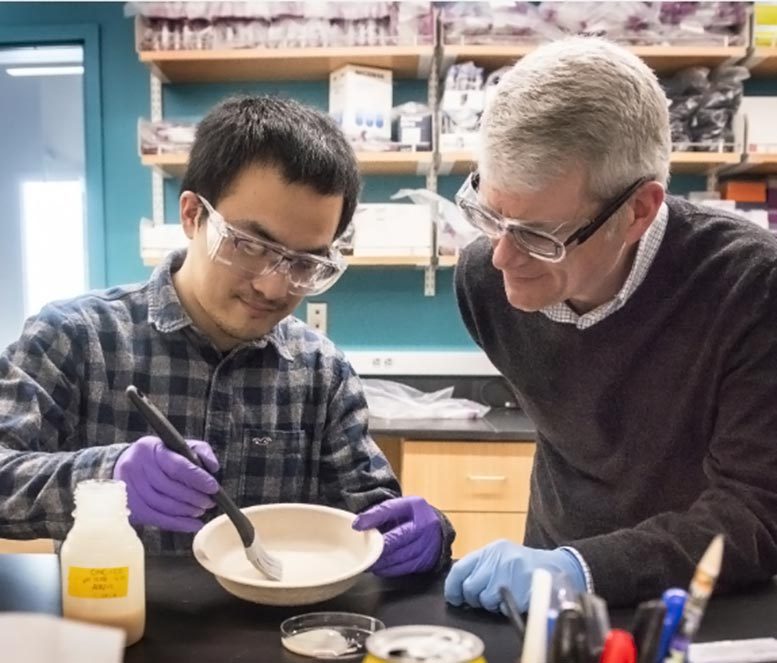
Catchmark watches as postdoc Kai Chi paints a compostable bowl with a fluid that, when dry, will form a barrier that extends the useful life of the bowl while keeping it biodegradable. Image: Patrick Mansell
He started by looking at polysaccharides — long chains of carbohydrates found in plants and animals. Catchmark zeroed in on celluloses, found in plant cell walls; starches, found in a variety of plant tissues; and chitin, found in the exoskeletons of shellfish and insects.
On their own, these polymers exhibit none of the properties Catchmark was looking for. But he and his team discovered that applying electrostatic charges to pairings of polysaccharides “locks” them together, similar to the way freshly dried clothes stick to one another due to static cling.
The resulting biomaterials are durable, biodegradable, and, depending on the way the charge is manipulated, can be produced in a variety of physical forms, from hard, plastic-like materials to foams and gels.
Catchmark found that, despite these properties, the biofoam would not remain stable long enough to serve as a viable replacement for styrofoam, so he looked for other possible applications. While presenting his research at a materials science lecture, he was delighted to be met with enthusiastic interest from Dr. Scott Armen, professor of surgery and neurosurgery at Penn State College of Medicine and a colonel in the U.S. Army Reserve, who saw the potential for using such materials for wound and trauma care.
Traditional cotton bandages tend to stick as they’re removed, sometimes reopening a wound. The biofoam Catchmark and Armen developed is flexible, durable, and can be molded to fit inside wounds like those caused by gunshots and shrapnel. As healing progresses, it transforms into a gel that slowly breaks down into glucose, which the body absorbs.
“This potential application wasn’t expected,” Catchmark said. “Through this discovery process, we’ve learned that despite what we thought we were looking for, what we ended up finding is something with much broader impact.”
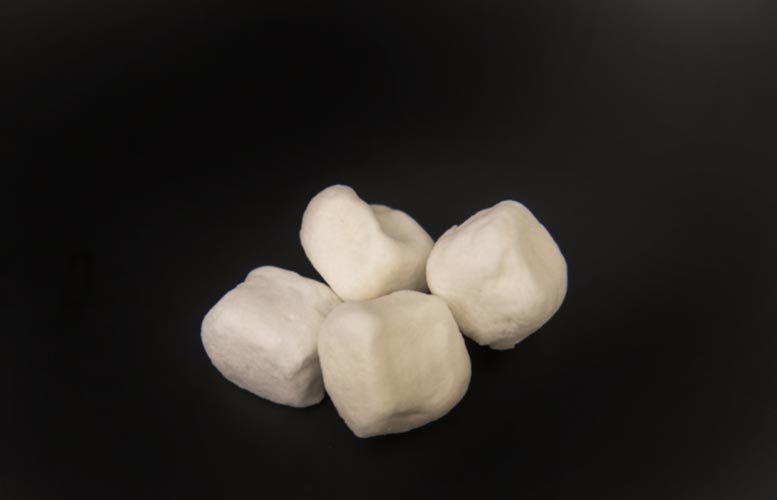
Like soft sponges, these lumps of biofoam can be compressed and put into a wound, where they will expand to fill the space. That seals the wound, curtails bleeding, and promotes healing. Over time, the biofoam breaks down into glucose, which is absorbed by the body. Image: Patrick Mansell
Creating a sustainable future
Catchmark’s biomaterials could lead to eco-friendly products such as compostable food containers and replacements for the plastic microbeads in cosmetic products, which often end up in oceans, lakes, and rivers.
“There’s potential to remove tens of millions of tons of plastic from our waste stream,” he said.
While he pursues that goal, Catchmark has begun following his curiosity down another unexpected path.
“It became apparent to me that work in sustainability is very often work in ethics,” he said. “It is about identifying your values and acting on them.”
He’s joined Penn State’s Bioethics Program and Rock Ethics Institute, where he helps students incorporate their moral and ethical values into their scientific endeavors.
“One of the most rewarding experiences of my research is being able to translate scientific discovery into something that helps the world,” he said. “I wouldn’t have been able to get to that point without realizing one thing: Science is all about curiosity, and sometimes you have to follow it and see where it leads.”

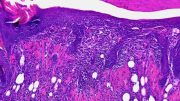
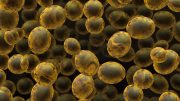
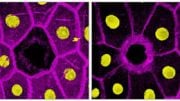
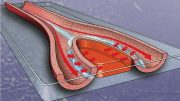
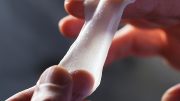
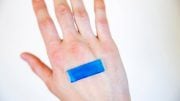
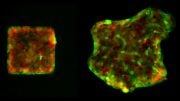
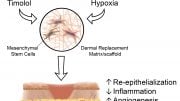
Be the first to comment on "Search for Styrofoam Replacement Leads to Wound-Healing Biofoam"